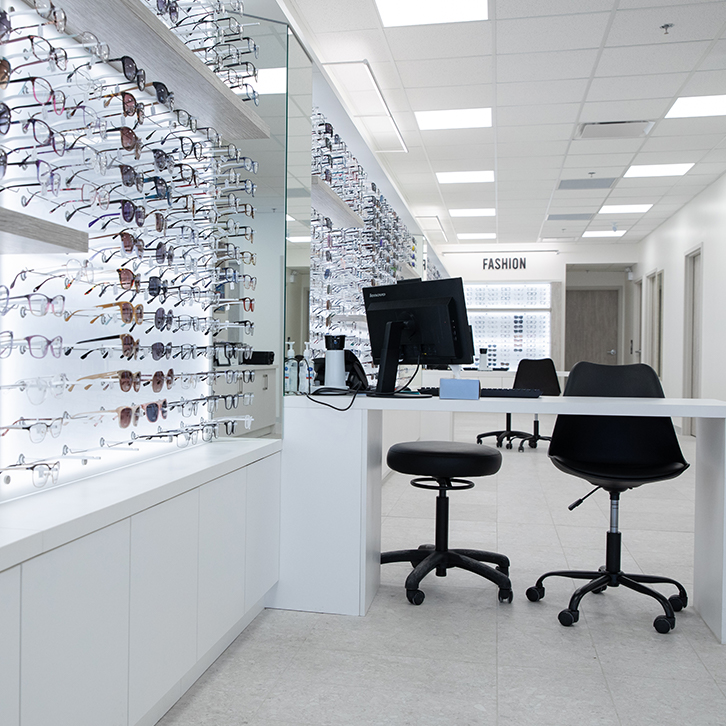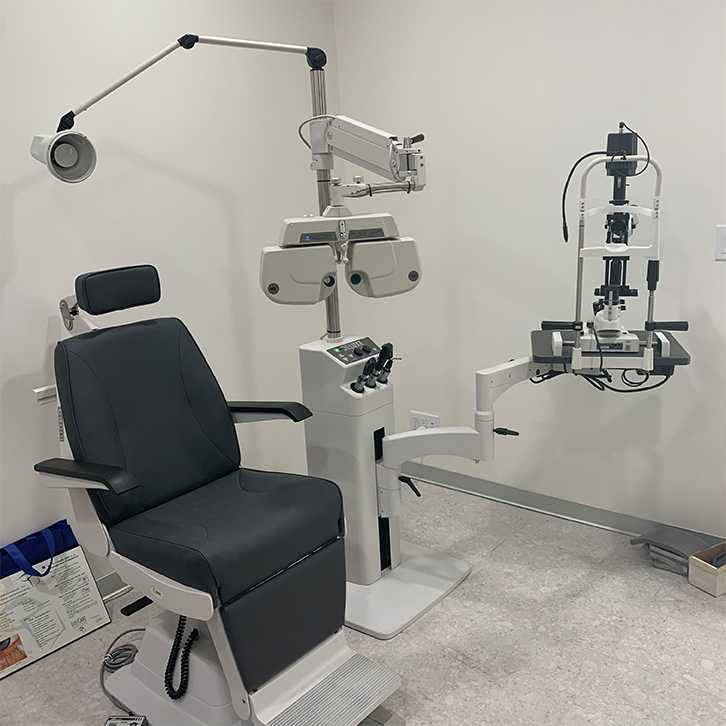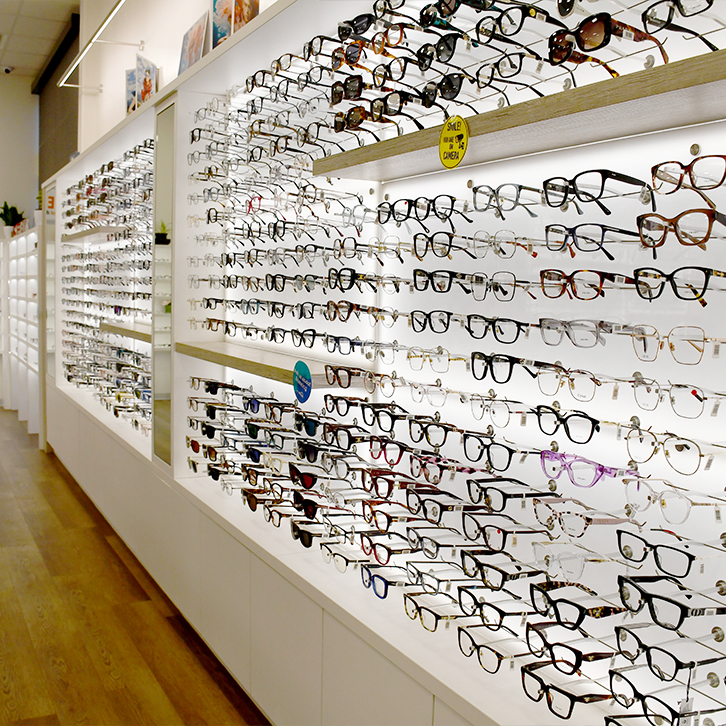How to Relieve Eye Strain
Eye strain can affect your eye health, leading to dry eyes, headaches, blurry vision, and other irritating symptoms. Many people assume eye strain is a normal part of life with how common these symptoms are. However, you can relieve or prevent these symptoms by changing your habits and lifestyle.
Continue reading to learn more about eye strain, including what it is, what causes it, and how you can relieve your irritation.
What Is Eye Strain?
You’ve likely had strained eyes many times before. Eye strain occurs when the eyes become tired and irritated from intense or excessive use, like driving for long periods or reading. Tired or sore eyes can feel normal after a long day of work, but this condition can impact your quality of life.
There are several signs you may have eye strain. These symptoms include:
- Sore, tired, burning, or itchy eyes
- Watery eyes
- Dry eyes
- Blurry vision
- Double vision
- Headache
- Sore neck, shoulders or back
- Light sensitivity
- Difficulty concentrating
- Difficulty keeping your eyes open
While these are common signs of eye strain, they can also be a symptom of an underlying eye condition. Your optometrist can determine the cause of your irritation during a comprehensive eye exam.
Digital Eye Strain
While eye strain can happen when the eyes focus on any task, computer use is becoming more common. Many people use their computers for multiple hours every day for work, entertainment, and communication. Your eyes may be working harder to focus on your computer screen, causing a condition known as digital eye strain (or computer vision syndrome).
Many factors related to your computer usage and habits can lead to headaches, irritation, and tired eyes.
What Causes Eye Strain?
Many factors can contribute to eye strain, including:
- Using digital devices
- Reading without pausing
- Driving long distances
- Doing activities requiring extended focus
- Being exposed to bright lights or glare
- Straining your eyes to see in dim light
- Having an underlying eye problem
- Being stressed or tired
- Being exposed to dry moving air from a fan or other source
With the prevalence of digital eye strain, several aspects of computer use can lead to strained eyes.
When looking at digital devices, your eyes have to work harder to read. People tend to blink less when using the computer and view screens from poor distances and angles. Additionally, digital devices may not be optimized—people use devices with glare or reflection or poor contrast between the text and background.
Is Eye Strain Dangerous?
While eye strain is annoying to deal with, it isn’t dangerous. This condition won’t cause long-term damage to your eyes on its own.
This irritation isn’t eye strain for some people—it’s an underlying eye condition. An underlying condition can affect your eye health and vision, so it’s important to have an assessment from your eye doctor. They can diagnose the problem affecting you and recommend an effective treatment plan to help relieve your symptoms.
Tips to Help Relieve Eye Strain
The good news is that relieving strained eyes shouldn’t require any medications or treatments. Addressing eye strain requires making changes to your habits and lifestyle.
You can help prevent or relieve your eye strain symptoms with the following tips:
Utilize the 20/20/20 Rule
Resting your eyes is the best thing you can do when they feel strained and irritated, but this isn’t always possible during the workday. With help from the 20/20/20 rule, you can help prevent eye strain from affecting you.
The 20/20/20 rule is simple: take a 20-second break every 20 minutes to look at something at least 20 feet away. Following this rule can give your eyes a much-needed break.
Optimize Your Computer Workspace
Optimizing your computer workspace can make sore and tired eyes a less common occurrence. Adjusting your monitor, screen settings, and the position of your workspace can be beneficial for your eyes.
Start by positioning your monitor so it’s directly in front of you at an arm’s length distance. Ensure your monitor is away from any windows or overhead lighting to reduce the amount of glare hitting your screen. Finally, adjust the brightness and contrast of your screen to match the room’s lighting for easier viewing.
Use Artificial Tears
Artificial tears can help prevent and relieve dry eyes from extended focusing. These eye drops mimic real tears to help provide temporary moisture. Ask your optometrist for their recommendation on the best artificial tears for your needs.
Check Your Air Quality
Checking your air quality can help you improve your environment. Dry air or a running fan can dry your eyes out. Using a humidifier, adjusting your thermostat, moving your fan or moving your workstation to a different area can help reduce eye strain.
Wear Proper Eyewear
Your regular glasses may not be helpful for close-up or computer-distance work, causing your eyes to work harder to focus. Consider investing in glasses optimized for these distances to help reduce your risk of eye strain.

Don’t Live Your Life with Strained Eyes
Strained eyes can be irritating, but you don’t need to live with them forever. Making changes to your habits and lifestyle can help relieve or prevent future eye strain. Visit your eye doctor if your symptoms persist despite making these changes—you may have an underlying issue affecting your eyes. Contact your optometrist if you’re experiencing eye strain symptoms.



















